This article comes to us from guest writer Robert Winthrop. Winthrop is partner at Winthrop, Jenkins, and Associates, a Virginia based architecture firm specializing in historic renovation. Historic buildings have also been his focus in numerous writings and lectures. As author of The Architecture of Jackson Ward, Cast and Wrought: The Architectural Metalwork of Downtown Richmond, Virginia, and Architecture in Downtown Richmond, Winthrop has established himself as an authority on the city’s architectural history.
* * *
The six blocks that house the Virginia Museum of the Fine Arts (VMFA) and the Virginia Museum of History and Culture (VMHC) have a complicated history as is typical of many urban sites. It began as the site of a country estate just before the Civil War.
The Robinson family had extensive land holdings in the area in the early 19th Century. The family graves are in a walled plot next to the Roundhouse in Byrd Park. The Anthony Robinson house is the only surviving structure on the site built before the Civil War. Robinson’s house grew incrementally between the 1840s and 1859. It was a modern, handsome Italianate house by the Civil War Period.
In 1884, the property became a home for needy and infirmed Confederate veterans known as the Robert E. Lee Camp. A national campaign raised funds for the camp and donations included $500 from President Ulysses S. Grant. The camp was dependant on donations, and its financial needs soon outstripped charitable giving. In 1892, seven years after being founded, the Commonwealth of Virginia agreed to financially support the camp in exchange for eventual ownership of the property. In 1901, the Commonwealth had paid for two thirds of the camp budget since 1884. By 1917, private donations and fees covered less than twenty percent of the home’s cost.
The Robinson House, a white brick structure, was converted into a soldier’s home with the addition of a third floor and cupola to Robinson House in 1885. The house now serves a visitor’s center for the Virginia Museum of Fine Arts (VMFA). The Confederate Memorial Chapel (1887) is the only surviving building erected expressly for the home. Robinson House was the headquarters of the camp and became an informal museum of Civil War artifacts. The most memorable exhibit was Stonewall Jackson’s stuffed horse, Little Sorrell. At its height the camp housed 300 veterans. The camp declined until the last veteran died in 1941.
In 1912, the northern third of the property became the site for the Confederate Memorial Institute, popularly known as Battle Abbey. Construction was slow, and the building was not fully complete until 1921. This building was intended to be a memorial and to hold relics of the war.
In 1932, the Confederate Women’s Home joined the cluster of buildings. Built on the south-west side of the site, its design is clearly derived from the White House. It housed widows and daughters of Confederate Veterans. The women’s home closed in 1989, a scant 124 years after the end of the Civil War.
In 1936, the Commonwealth used the south-east portion of the site for the new Virginia Museum of the Fine Arts. This institution began the transformation of the property into a cultural center. This transformation continued when the Virginia Museum of History and Culture (VMHC) merged with the financially unstable Confederate Memorial Society and became the owner of Battle Abbey in 1946. In 1957-59 the Historical Society built a large addition to Battle Abbey and moved to the Boulevard in 1959.
The last institution to locate on the site was the National Headquarters of the United Daughters of the Confederacy. It opened in 1957 in a new building between the VMHC and the VMFA. It contains research libraries, but the major facilities are not open to the public.
Since the 1950s, the VMFA and the VMHC have grown and constructed massive additions. This has been due growth of their collections. From the first years the VMFA was never solely a museum of Virginia’s Art. It has always had a focus on the art of the world in many periods and has attracted many gifts of entire collections.
The VHS covers the entire history of Virginia. It does not solely focus on the years between 1861 and 1865. As a scholarly institution its lectures, displays and exhibits make a serious effort to show the entire history of Virginia.
20th century planning tended to encourage grand plans for civic centers and preferred to locate museums in these centers or in parks set apart from the humdrum activities of the modern city. The collection of institutions on the Boulevard were not planned as a civic center or cultural enclave. The institutions are not set apart from the rest of the city. While the VMFA and VHS have a statewide focus, they also are neighborhood museums, surrounded by thriving urban districts.
Were it not for the VMFA and the VMHC it is unlikely that any buildings of the Confederate home would have survived. The financial needs of the home required state aid in 1892. State ownership of the property was determined over 125 years ago. The R.E. Lee Camp completely ceased operation almost 80 years ago. Battle Abbey ceased to exist as an independent organization 70 years ago.
The success of the VMFA and the VMHC has allowed the preservation of Robinson House, the Confederate Woman’s Home, the Confederate Chapel and the murals in the former Battle Abbey as they have grown to address their broader cultural and educational goals.
Robert P. Winthrop

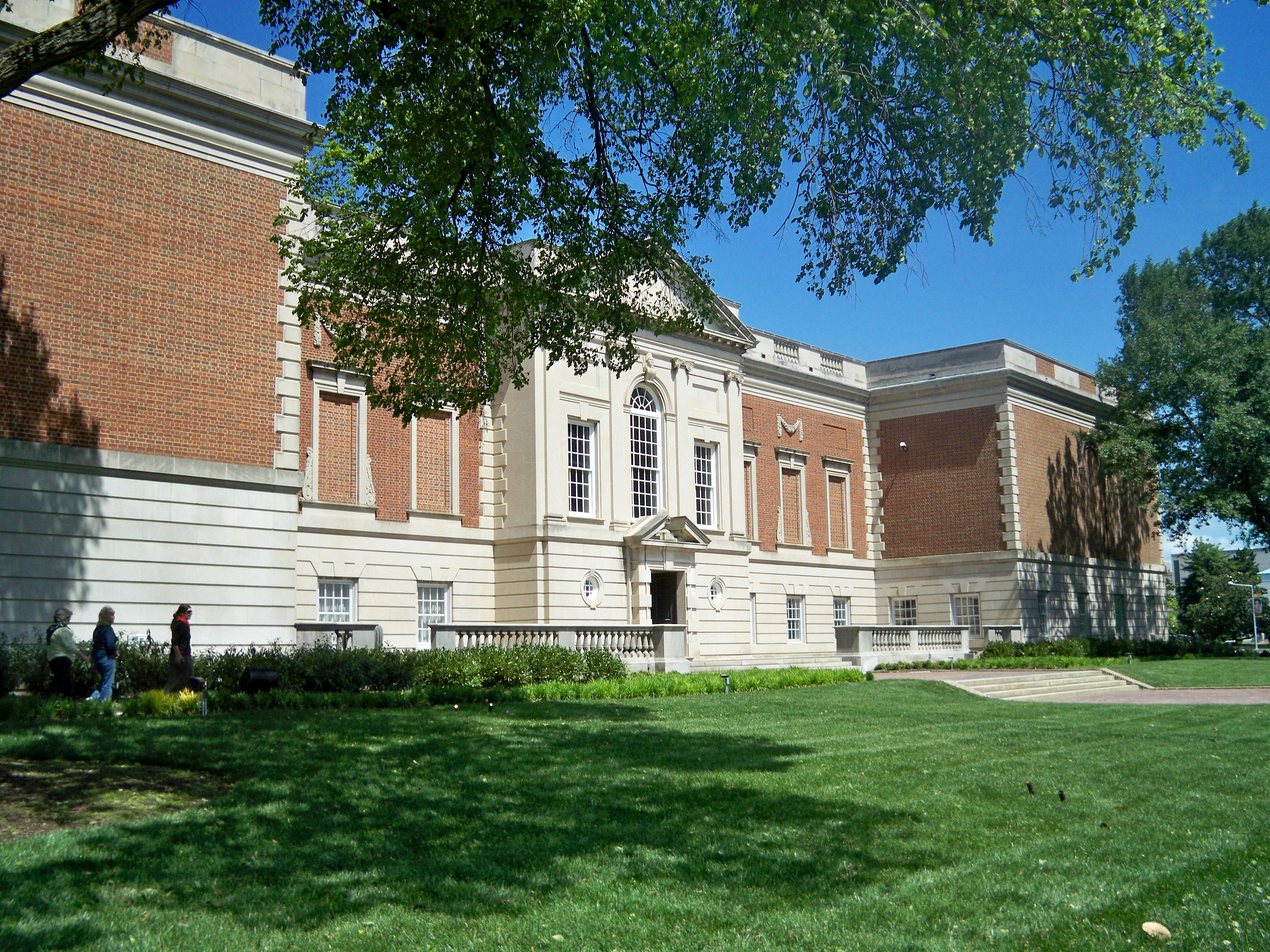
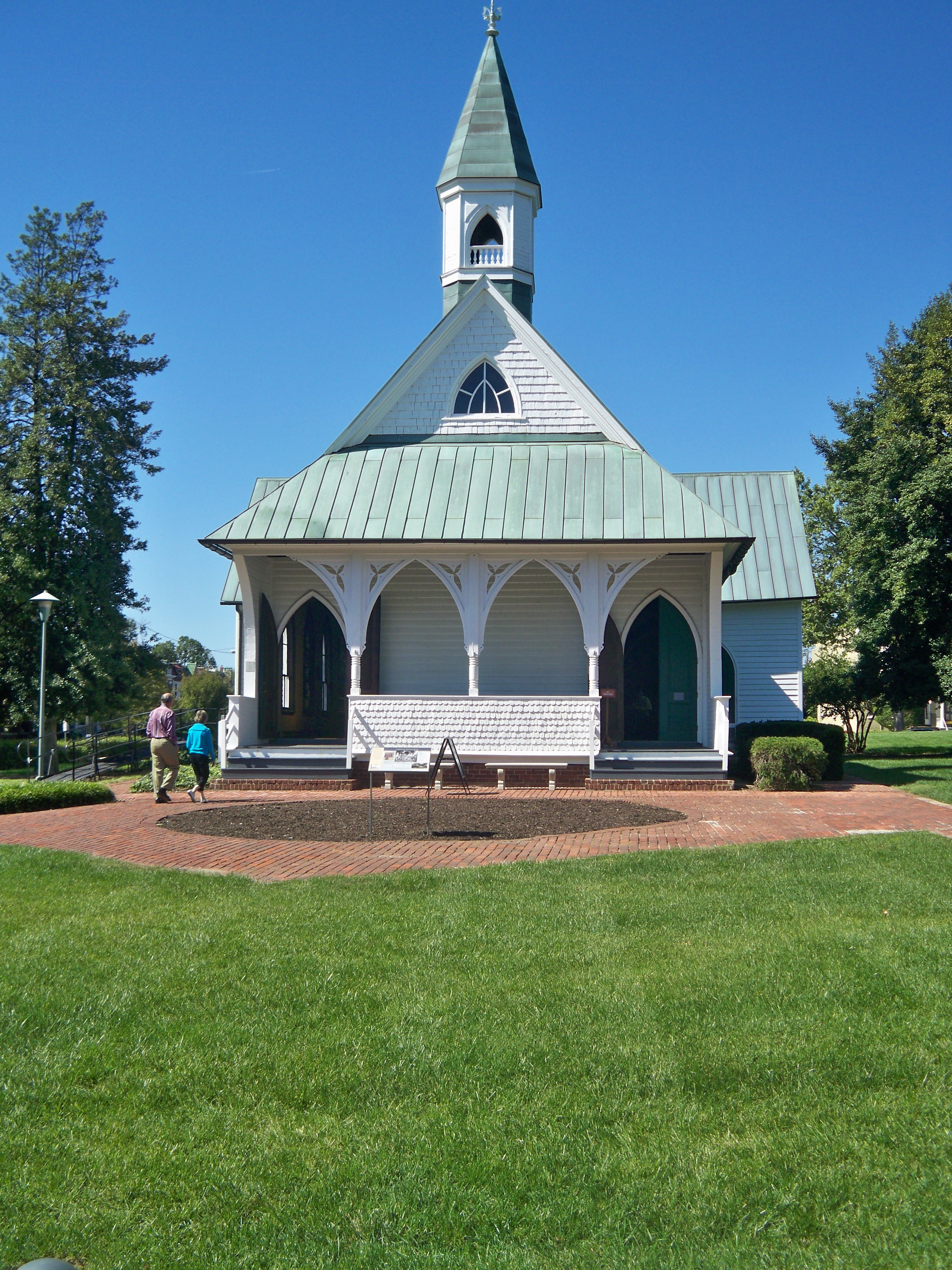
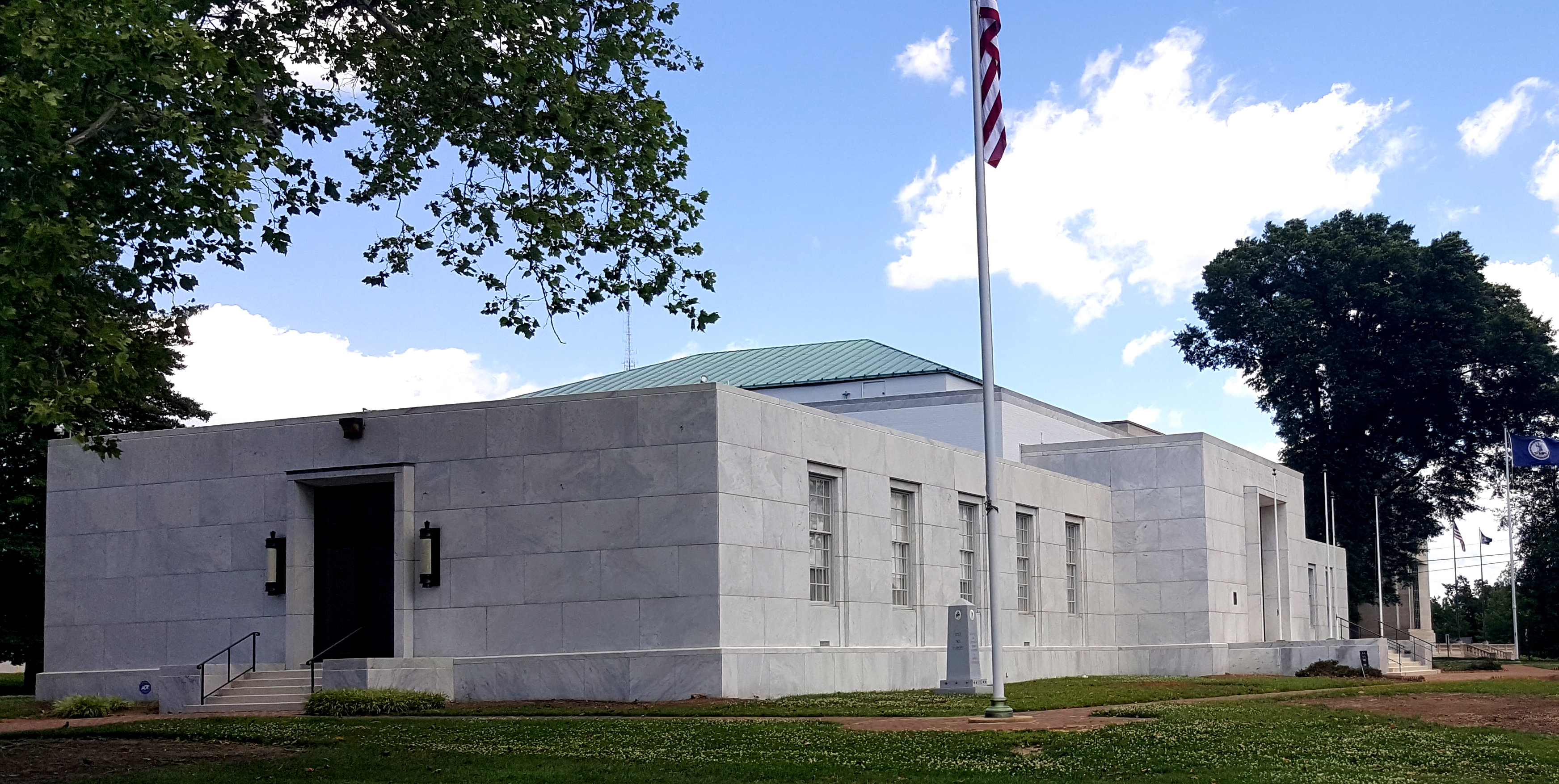
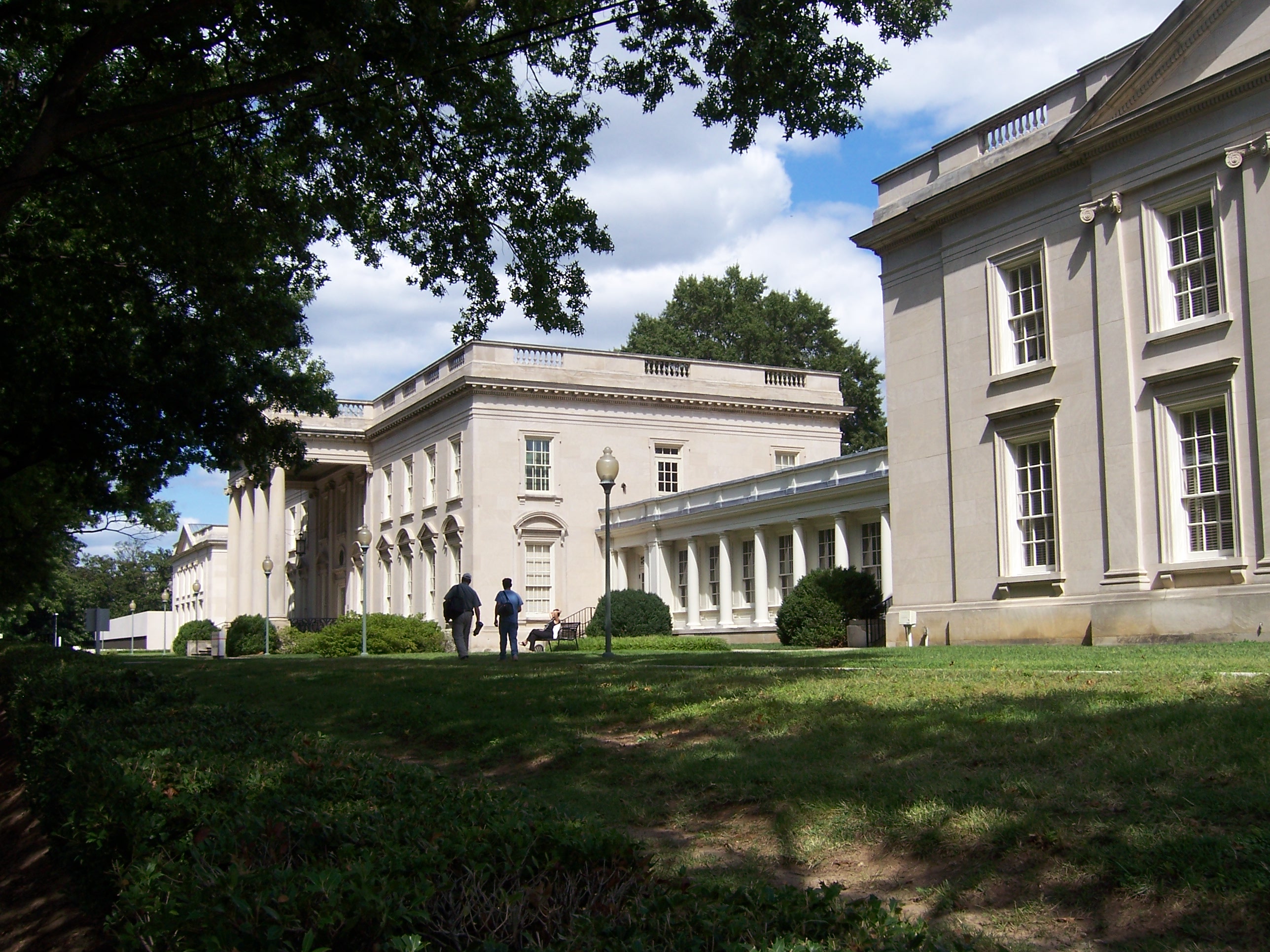
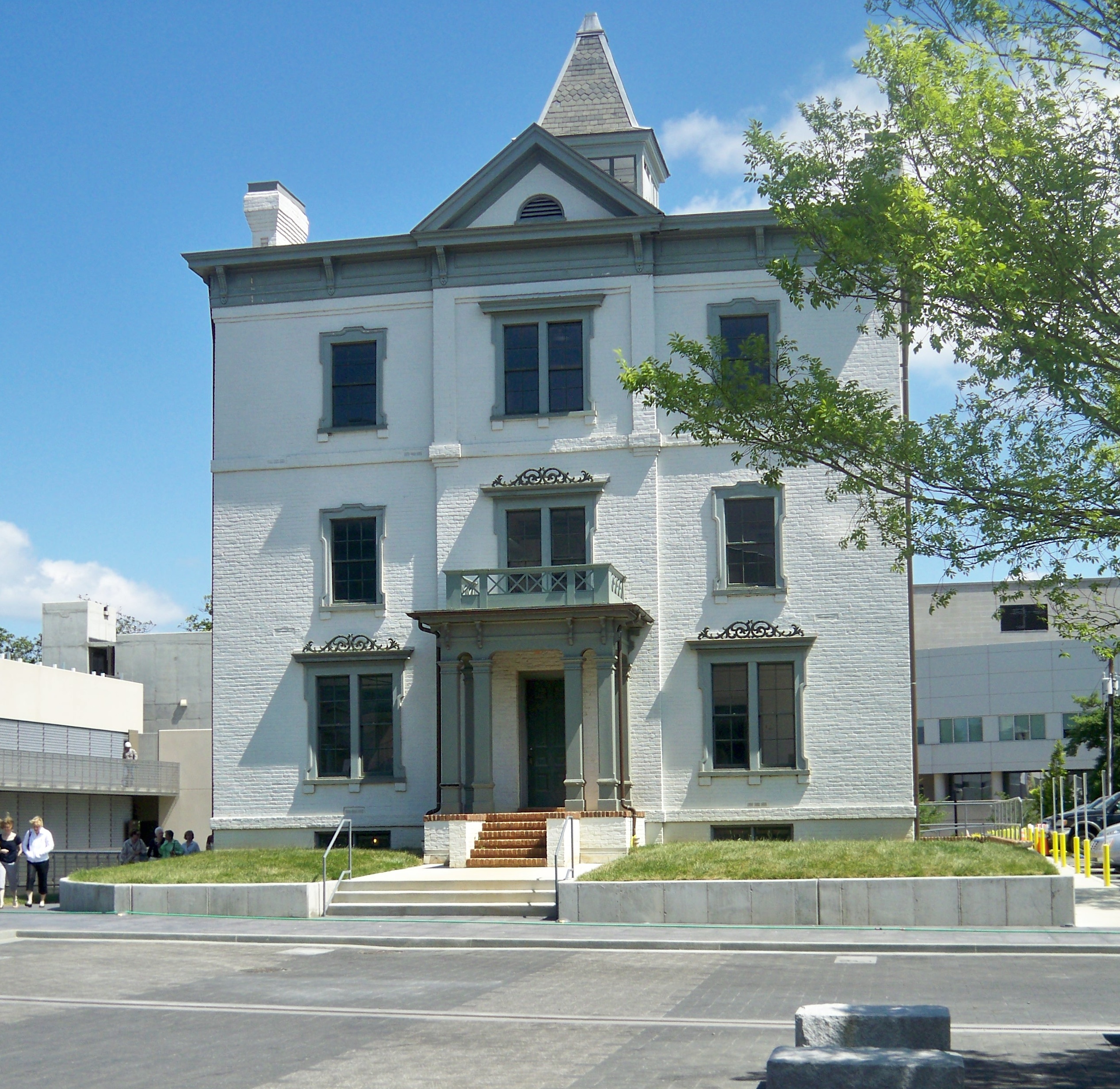
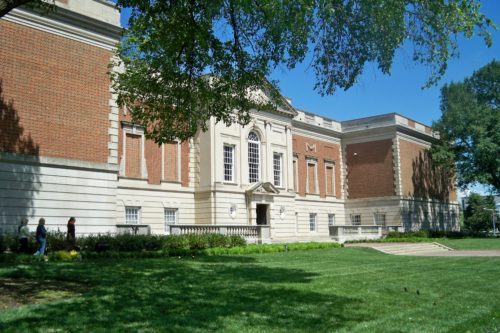
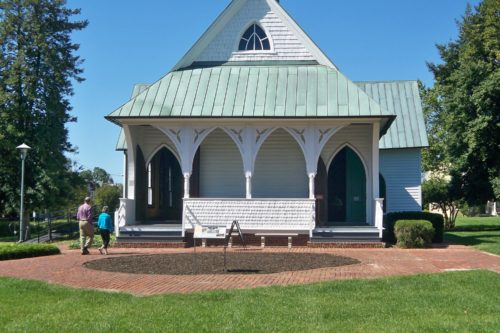
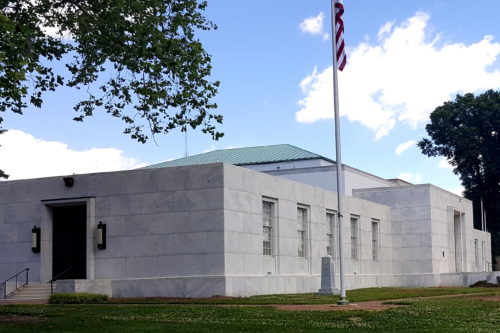
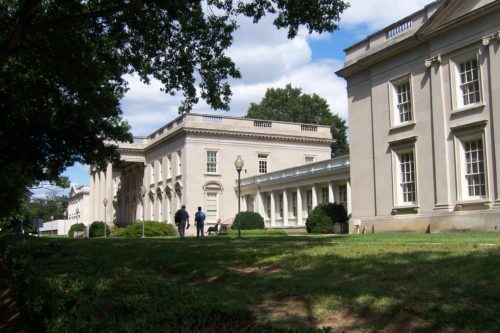
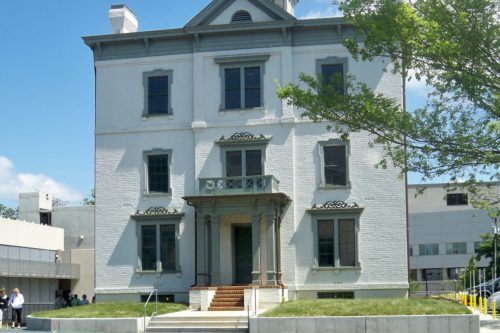
Write a Comment